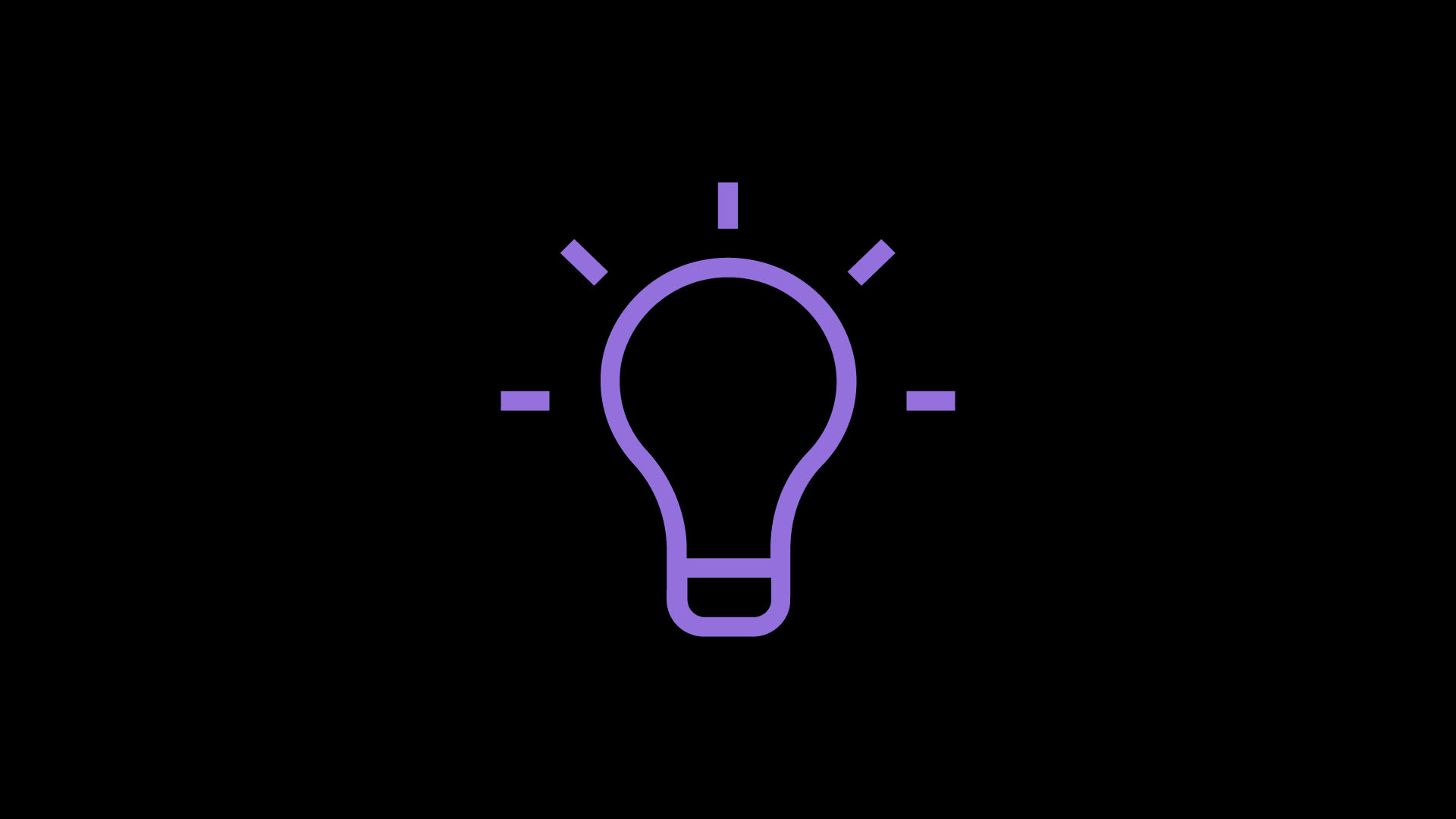
You’ve no doubt noticed that dark mode (or night or black mode if you prefer) has been trending big time over the past 1-2 years, with Twitter, macOS, Reddit, Gmail, Firefox, GitHub, YouTube, and many others all officially offering a dark mode.
Although, this article might have more accurately been titled “The Return of the Dark Mode,” because this actually isn’t a new trend, it’s just trending again, after more than a decade since it was first introduced. I can’t recall exactly when, but around 2004-2006, I remember a lot of websites had a “lights off” mode or theme switcher of some kind.
This was at the height of adding every bell and whistle a webmaster could imagine: the ability to change the font size, adding Google translator, adding valid HTML and CSS vanity badges (remember that?). And of course, don’t forget all the other fun trends: Comic Sans, blinking text, iframes, and hit counters that died off, never to return, from the first era of the web.
But, come 2007-2008, we entered a new era of the internet, with the launch of iPhone, Twitter, and generally, just a higher sophistication in design, on the web, in fashion, on movie posters, and in magazine ads.
“Simplicity is the highest form of sophistication.“
— Unknown
A design (and also life) philosophy, that I, as a minimalist, wholeheartedly agree with and live by.
Of course, with simplification, the cutting off of some fat is required. So, not that there was ever anything particularly wrong or annoying with a dark mode option for users, it just didn’t make the cut in this new web design era, and was deemed unnecessary cruft.
Why has dark mode made a comeback?
Twitter has had a dark mode since 2016, and Apple, since 2018, and with these two companies being perhaps the most influential trendsetters when it comes to web design, honestly, in most cases, that’s probably all it took for most other sites to follow suit.
Beyond that, there have been some claims concerning that science and psychology behind it, some that state that a dark mode is easier on your eyes (and battery life), and some that lean more toward that being wrong.
The truth, as in most cases, probably lies somewhere in-between; that it really just depends on the context and the person; is it light or dark outside, what’s the lighting like in the room you’re in, how big is the screen, what are you reading, how long are you reading, how good is your vision, do you have any condition that affects how you see (like colorblindness), and on and on.
Additionally, and while I haven’t really seen this mentioned elsewhere, it could also be about not bothering others around you, in bed with your partner at night, or in a crowded movie theater for example, a dark mode could spare others the annoyance of the light given off by a bright, white screen.
For me, I just simply like it; it’s a preference; I like the way it looks and the mood; it feels comfortable.
Whatever the reason someone might have for preferring dark mode, at least it’s merely an option, not something that’s forced upon ALL users.
Using a dark-mode-first design
In nearly every iteration of a dark mode, websites have a light design by default, and a dark mode as a secondary option only. Actually, Discord is the only popular website I can think of that has a dark-mode-first design (please comment if you can think of some others).
The design of Techpost itself, is a dark-mode-first design, and I’ve done so really for no other reason other than I like it. I’m a big fan of dark mode and use it wherever I can. While I’d rather use official options only, there is a browser add-on to force dark mode when browsing the web:
I nearly didn’t add a Light Mode option at all, just to keep things simple, but Trent set me straight on that. It’s the obvious choice now, but sometimes you need fresh eyes to remind you of the sane course.
How do you feel about dark mode?
And how do you feel about the design of Techpost in general? If you discover any bugs, issues, or have suggestions for improvements, you can let me know here.
